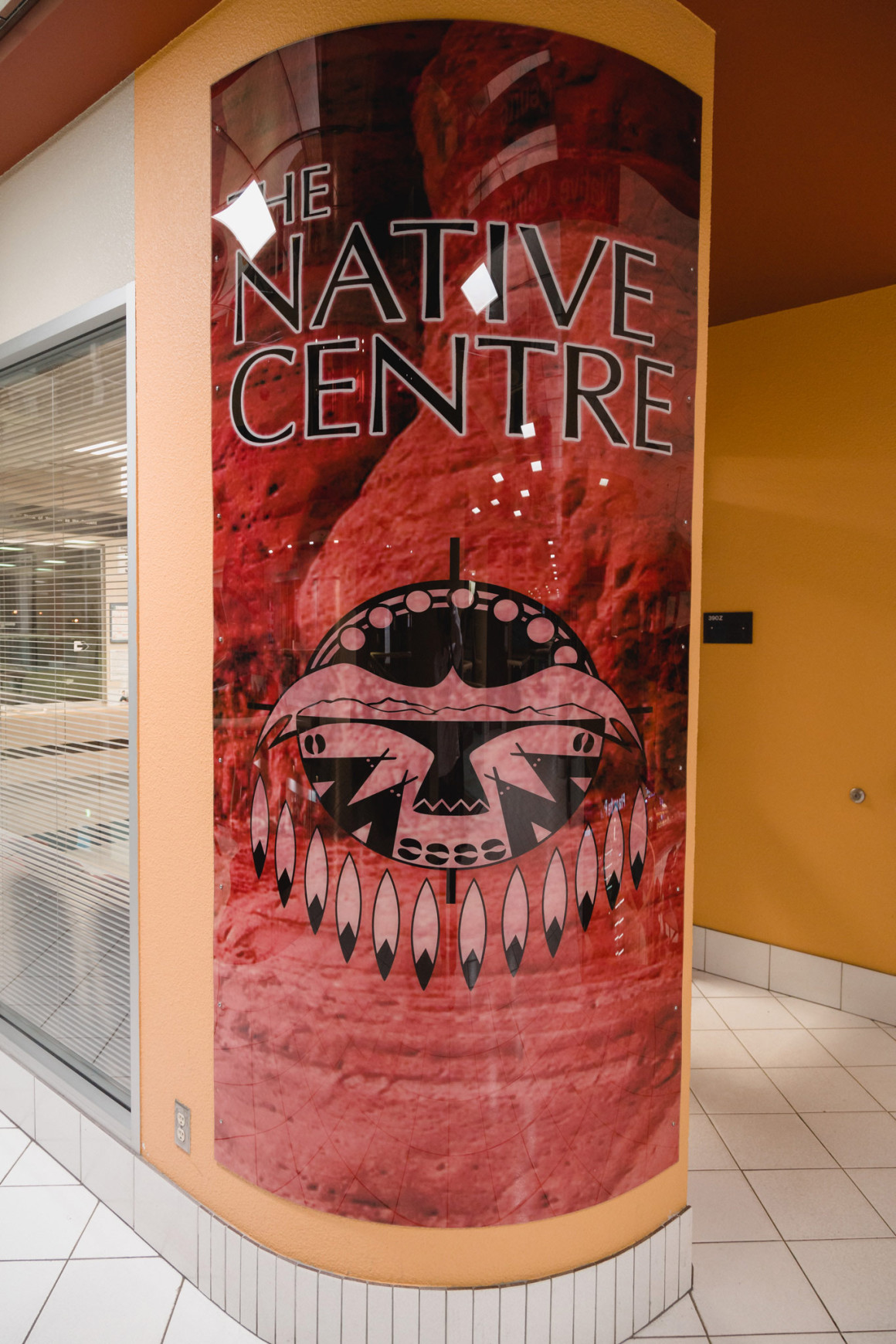
Rural and aboriginal students struggle with post-secondary access
By Chris Adams, November 6 2014 —
The University of Calgary has climbed international university rankings in recent years. Quacquarelli Symonds (QS) ranks universities on categories like research, student experience and quality of education. The U of C scored perfectly in every category but one: access.
QS takes gender, accessibility for disabled people, scholarships and bursaries and low-income outreach into account when ranking schools on access.
Rural and aboriginal students in particular struggle with accessing post-secondary education.
Calgary’s aboriginal population sits at 2.7 per cent, with the U of C’s undergraduate aboriginal population at 2.2. In this respect, the U of C represents the city’s population closely. But aboriginal people make up 5.8 per cent of Alberta’s population. Under-representation isn’t a problem in cities, but in rural Alberta.
The U of C Native Centre provides an access program for aboriginal students who don’t meet the U of C’s entrance requirements.
Classes like chemistry or biology aren’t always offered in reserve schools. Cate Hanington, program coordinator with Native Centre student access, said lackluster infrastructure and a low number of students often keep these courses from the classroom.
She said conditions on reserves often prevent aboriginal students from attending post-secondary.
The access program brings their grades up to U of C standards so they can enter a degree program.
About 70 per cent of students enrolled in the access program complete it, with only 25 per cent continuing studies at the U of C after they finish the access program.
Hanington said students completing the program often don’t finish their degrees in four straight years. A variety of factors keep students from enrolling, including Calgary’s high cost of living.
“Of course there’s the historical thing about the residential schools. A lot of aboriginal people, especially the older generations, have almost a bit of a fear of education and what it does to people,” Hanington said. “So it’s not promoted as much, which is why we have a lot of the outreach staff to try and make it more positive.”
A steering committee formed by the Council of Alberta University Students (CAUS) named Ignite published a student survey on post-secondary accessibility in Alberta last year.
“When it came to rural students, about half of the groups indicated that geographic access to post-secondary education acts as the main barrier. The lack of access to local programs and courses means that rural students have to incur the extra costs of moving away from home in order to attend a post-secondary institution,” reads the report.
Eighty-one per cent of students who responded to Ignite’s survey said Albertan students need more non-repayable funding options like bursaries to increase post-secondary attendance. Sixty per cent said a strategy to address aboriginal and rural students’ “cultural expectations which often prevent them from attending post-secondary” needs to be developed.
The U of C nearly quadrupled its total scholarship funding in the last 12 years from $7 million in 2001 to $25 million in 2013. The same goes for bursaries, up from $200,000 to $800,000 over the same time.
There isn’t a campus-wide aboriginal strategy yet, but Marshall said she’s putting a committee together to formulate one for next year.
“[Funding] obviously isn’t the final solution, but if people know there is funding available, that will help people get in and help them make the decision to go in the first place,” said Students’ Union vice-president
external Levi Nilson.
Former Alberta premier Allison Redford outlined a plan in 2012 to increase post-secondary participation among under-represented groups. This included a new bursary program aimed at rural and aboriginal students. Redford said the government would set aside $18 million in 2013 for the two groups, with the total slated to increase to $25 million by 2021–22.
CAUS suggested attaching bursary applications to student loan applications, but the program never got off the ground and aboriginal and rural students never received the money.
“It’s like, ‘hey, you’re in need and we’re going to try to help you get the tools you need to succeed.’ It’s something the provincial government promised to do in 2012,” Nilson said. “They promised ‘we’ll give $18 million to help these students because there’s a problem there and if we get them a little more funding we’ll try to increase their participation rate. And we haven’t seen a dollar of it.”
